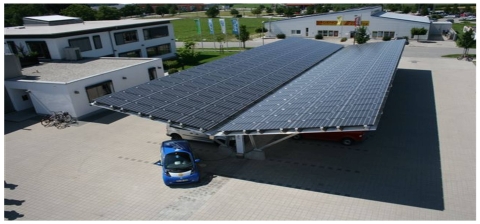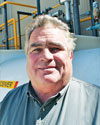 The U.S. solar energy market continued its rapid growth during the second quarter of 2011, according to the latest release of GTM Research and the Solar Energy Industries Association quarterly U.S. Solar Market Insight report. Solar photovoltaics (PV) led the way with 314 megawatts installed across the U.S. in the second quarter, 69 percent more than during the same period last year. “Even in this tough economy the U.S. solar industry continues to be one of the fastest growing in America,” said SEIA president and CEO Rhone Resch. “There are now more than 100,000 Americans working in the solar industry, twice as many as there were in 2009. They work at 5,000 companies – mostly small businesses – across all 50 states.”
The U.S. solar energy market continued its rapid growth during the second quarter of 2011, according to the latest release of GTM Research and the Solar Energy Industries Association quarterly U.S. Solar Market Insight report. Solar photovoltaics (PV) led the way with 314 megawatts installed across the U.S. in the second quarter, 69 percent more than during the same period last year. “Even in this tough economy the U.S. solar industry continues to be one of the fastest growing in America,” said SEIA president and CEO Rhone Resch. “There are now more than 100,000 Americans working in the solar industry, twice as many as there were in 2009. They work at 5,000 companies – mostly small businesses – across all 50 states.”
The utility and commercial solar market segments grew 37 percent and 22 percent, respectively. The residential PV segment slowed, installing 60 megawatts, a 5.7 percent drop over last quarter. Still, the industry’s overall growth means it is powering the equivalent of 630,000 homes. The industry faces challenges in 2012 that could slow its torrid pace from the past year and a half. “The potential expiration of the 1603 Treasury program, along with current malaise in major markets, such as New Jersey and Pennsylvania, threaten to slow growth in 2012,” said Shayle Kann, Managing Director of Solar at GTM Research. “Still, with increasing market diversity and the continued emergence of the utility-scale solar market, we anticipate that the U.S. market share of global installations will triple over the next four years.”
“The dynamic second quarter growth is a result of increased competition in the solar market, competition that drove down the price of solar panels by 30 percent since the beginning of 2010,” added Resch. “This is good news for residential and business customers as solar becomes more affordable every day.”




 Lynch
Lynch









